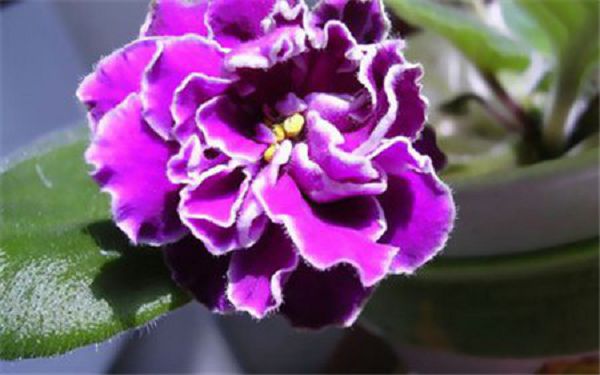Habits and cultivation techniques of Camellia oleifera in Green Flowers
Habits and cultivation techniques of Virescence Flower tufted bluebells
Morphological characteristics: biennial herbs. The plant height is 40~100cm and the stem is erect. Leaves alternate, ovate-lanceolate, basal leaves with long stalks, upper leaves of stem semi-clasping. Corolla narrowly campanulate, 0.8~1.8cm in diameter, ca. 2.5cm, blue or white.
Growth habits: like cold and dry climate, not resistant to high temperature and humidity. Calcareous soil with good drainage and ventilation is suitable. The florescence is from May to September.
Garden uses: the flowers and colors of tufted bluebells are light and elegant, exquisite and lovely, suitable for summer flower layout, tall ones for flower border or cut flowers, dwarf type multi-pot ornamental or rock garden.
Propagation and cultivation: sowing, plant division, cutting propagation can be used. General spring sowing, the suitable temperature for germination is about 20 ℃. It propagates separately in spring and autumn. More than cutting in spring. Overwintering should pay attention to cold prevention, seedlings over summer, need moderate shade.
Related
- What if the leaves of potted flowers turn yellow?
- Florescence Control of several Flowers
- Anti-freezing technology and post-freezing nursing technology of flowers
- What is the classification of flowers? What are the common methods of flower classification?
- Prevention and control of alkali and acid damage of flowers in courtyard
- Technology of Anti-freezing and restoring growth of Flower seedlings in greenhouse and greenhouse
- How does flower fertilization not hurt the root? Fertilization technology of flowers
- Key points of disinfection in flower greenhouse
- Several pesticides that are banned or used cautiously in flowers
- How to fertilize the flowers that watch the leaves?



